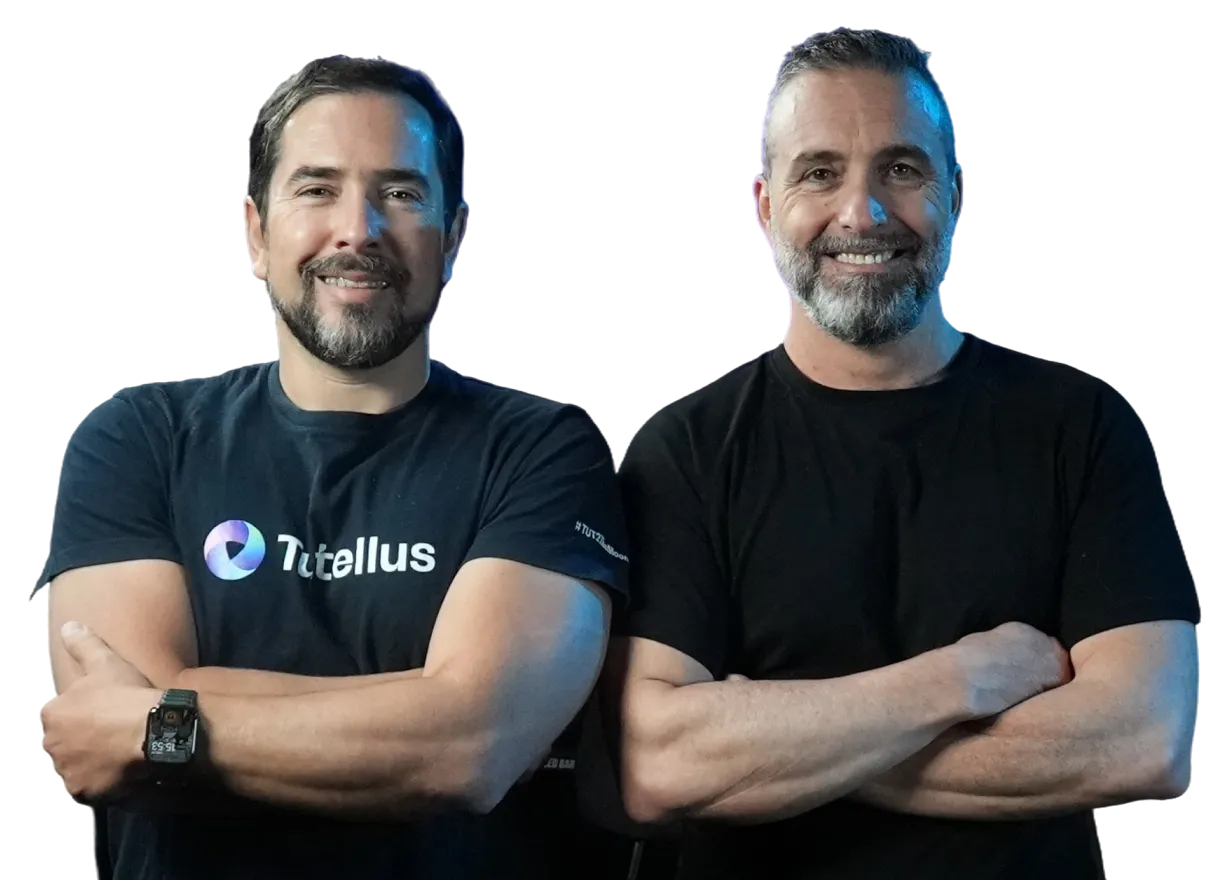1. Nash21 and the rental market
Did you know that rental contracts have NOT changed in 2,000 years? As you hear it: we continue to use the same contracts as in ancient Rome. The only thing that has changed is the language, but its form, its clauses and its value remain the same. The rental contract market moves more than $3 trillion annually.
A rental agreement has a huge intrinsic value (the amount of money the tenant is obligated to pay over the term of the agreement), but they are not liquid. From Nash21, a company that emerged in the Tutellus ecosystem, they are tokenizing (guaranteed) rental contracts in the form of NFTs: in just one year they have already tokenized close to $10 million and are approaching 1,000 NFTs.
2. The problem of Web2 users on Web3 platforms
The product and message sounds great, right? However, the buyer of such an NFT must be someone who understands tokens, Web3, crypto, etc. Here is an example of the NFT Marketplace, very Opensea style;

Anyone can buy an NFT that represents a rental contract by connecting their Metamask and having funds in USDT. The process is very similar to the usual one on Web3 platforms. However, as you can see on the following screen, I not only need to have advanced knowledge but I also have to follow the logical sequence of approving operations in a blockchain. In short, it is not a service prepared for Web2 users.

3. HumanWallet, bringing Web3 services to Web2 users
From Tutellus we realized this problem and made the first integration of HumanWallet in Nash21. When a user logs in to app.nash21.io, a HumanWallet is automatically created, that is, a Web3 wallet associated with their email. The user, at the same time, decides if he wants to add a 2FA to make his transactions more secure.

From this moment on, the user operates completely normally in the DAPP, not being aware that he has a wallet if he does not want to go deeper. All operations of advances, payments, investments, deposits... are carried out directly against Polygon PoS, and the user accepts these operations with a simple button (or by adding their 2FA).

4. Advantages of HumanWallet compared to other market solutions
There are 4 basic differences of HumanWallet compared to other market solutions that make it unique in its category, we are going to list them:
4.1. HumanWallet decouples the Web3 provider – it can work with Web3Auth, MagicLink or even a client solution. It is 100% configurable from the SDK.
4.2. 2FA configurable by project and user: each project can decide what type of 2FA to include for what type of transactions, making the workflow much more secure: validation by email, SMS, Face ID or any other.
4.3. HumanWallet is mobile first, solving the currently limited growth from mobile devices. It is not necessary to install additional plugins or APPs for it to work. It is embedded in the browser itself.
4.4. Decentralized escrow and recoverable keys for users: How is it possible to have 100% decentralized escrow of the private keys of the wallets and, at the same time, be able to recover the accounts in case of loss? through a new “Guardians” infrastructure that incorporates HumanWallet. In this way, the user can enable, through a Safe and through a federation, other addresses to help them in the event of recovery.
5. HumanWallet, the solution that will help your project grow

Without a doubt, the main challenge that Web3 projects face is to grow in adoption, and to incorporate users who come from the Web2 world - more traditional - we need simple, secure and scalable solutions. HumanWallet meets these 3 requirements. Nash21 is the first of many examples. Thanks to HumanWallet, Nash21 is getting many more users to use its services without practically realizing that they are interacting with smart contracts.
For more information about HumanWallet, click here.
Descubre más artículos en el Criptoblog sobre...







